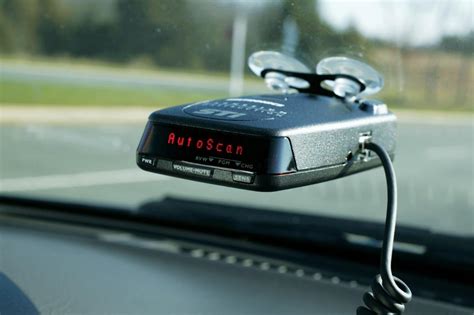Understanding the Basics of Radar Detectors
Radar detectors are valuable tools for drivers who want to stay informed about their surroundings and avoid unnecessary speeding tickets. These devices work by detecting and analyzing radar signals emitted by police speed guns. By alerting drivers to the presence of radar signals, radar detectors provide valuable information that allows drivers to adjust their speed accordingly. In this tutorial, we will guide you through the process of reading a radar detector effectively and making the most of this essential automotive accessory.
The Importance of Mounting and Positioning
To begin, it is crucial to properly mount your radar detector in your vehicle. Most detectors are designed to be attached to the windshield using suction cups or adhesive mounts. Positioning is equally important as it can significantly impact the detection range and accuracy. For the best performance, mount the detector in a location that provides an unobstructed view of the road ahead, typically near the rearview mirror. This placement allows the detector to have a clear line of sight to incoming radar signals, maximizing its effectiveness.

Understanding and Interpreting Radar Alerts
Upon receiving a radar signal, your detector will emit an alert in various forms, such as audio beeps, visual notifications, or even voice commands. It is essential to familiarize yourself with your specific model and its alert system for efficient usage. Generally, radar detectors provide different alerts based on the type of radar detected, including X-band, K-band, and Ka-band. Understanding the meaning of these alerts will allow you to react appropriately. For instance, an X-band alert is more likely to be a false alarm, while a Ka-band alert typically indicates the presence of police radar.
Utilizing Filtering and Sensitivity Features
Modern radar detectors come equipped with advanced features that help minimize false alerts and enhance their sensitivity to legitimate threats. Utilizing these features strategically can greatly improve your radar detection experience. Some detectors offer selectable sensitivity levels, allowing you to adjust the device's response based on your preference and driving environment. Additionally, filtering capabilities enable you to reduce false alarms triggered by other radar sources, such as automatic door openers or adaptive cruise control systems. Be sure to explore these features and customize them according to your needs.
Staying Updated with Database and GPS Integration
Another vital aspect of radar detector usage is taking advantage of database and GPS integration. Many detectors now include databases that provide information about the locations of red light cameras, speed cameras, and known radar enforcement areas. These databases can be regularly updated to ensure accurate and up-to-date information during your travels. In addition, GPS integration allows for geolocation-based alerts, meaning your detector can warn you of upcoming known speed traps or other enforcement zones specific to your location. This integration adds an extra layer of protection and awareness.
Conclusion
In conclusion, a radar detector is an invaluable tool for any driver seeking to maintain a safe and law-abiding speed on the road. By understanding the basics, mounting and positioning your device correctly, interpreting radar alerts, utilizing filtering and sensitivity features, and staying updated with database and GPS integration, you can maximize the effectiveness of your radar detector. Remember to familiarize yourself with your particular device's features and functionality for optimal performance. Safe travels!
No comments:
Post a Comment